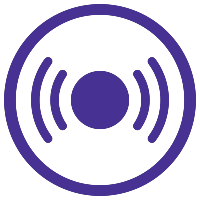SysEB
Section Symposium
Insects and Micro-CT: Recent Advances in the Use of 3-dimensional Data within Entomology
6: Use of micro-CT in comparative morphological and evo-devo studies in weevils
Wednesday, November 18, 2020
12:40 PM - 1:00 PM EST
.jpg)
Steve Ray Davis
New York, NY
Presenting Author(s)
The use of µ-CT has become an invaluable imaging tool for comparative morphology, augmenting observations obtained through histological methods and light and electron microscopy. In the study of weevil morphology, I have integrated µ-CT to compare the structure of various weevil novelties, such as the rostrum. Visualization of the spatial orientation of various internal structures proves most complementary to other forms of microscopy. This method is also being utilized to characterize phenotypes resulting from RNAi experiments investigating the development of other features. For example, mandibular cusps are deciduous processes present in some weevils that extend from the proper mandibular body and function as a sort of egg tooth, being used by the teneral adult to extract itself from an earthen pupal chamber. In addition to documenting changes in mandibular anatomy resulting from RNAi transcript depletion of candidate loci, µ-CT is useful in showing phenotypic changes in other areas of the head. In general, µ-CT demonstrates to be a reliable and effective method for documenting phenotypes in evolutionary developmental studies.

